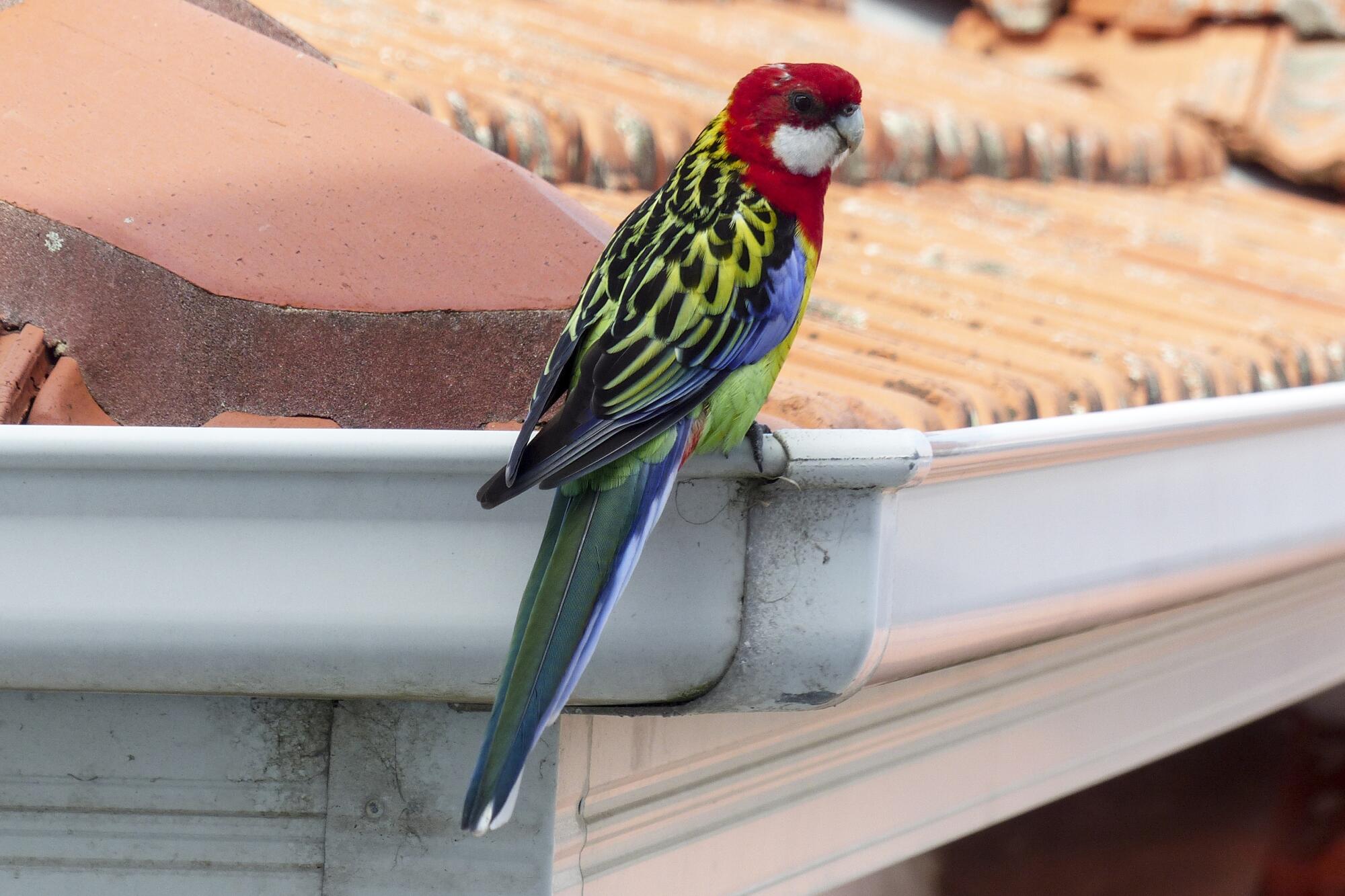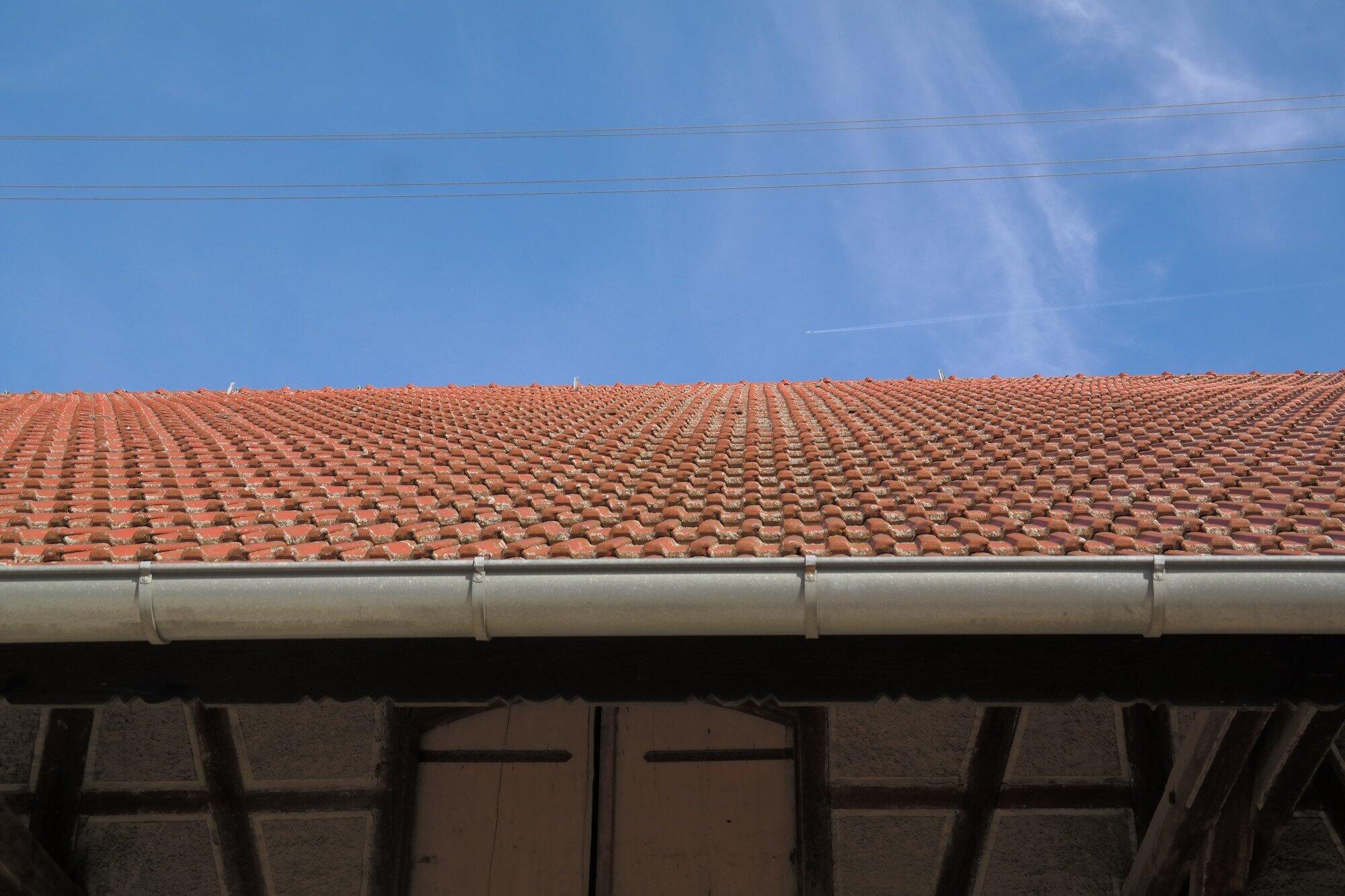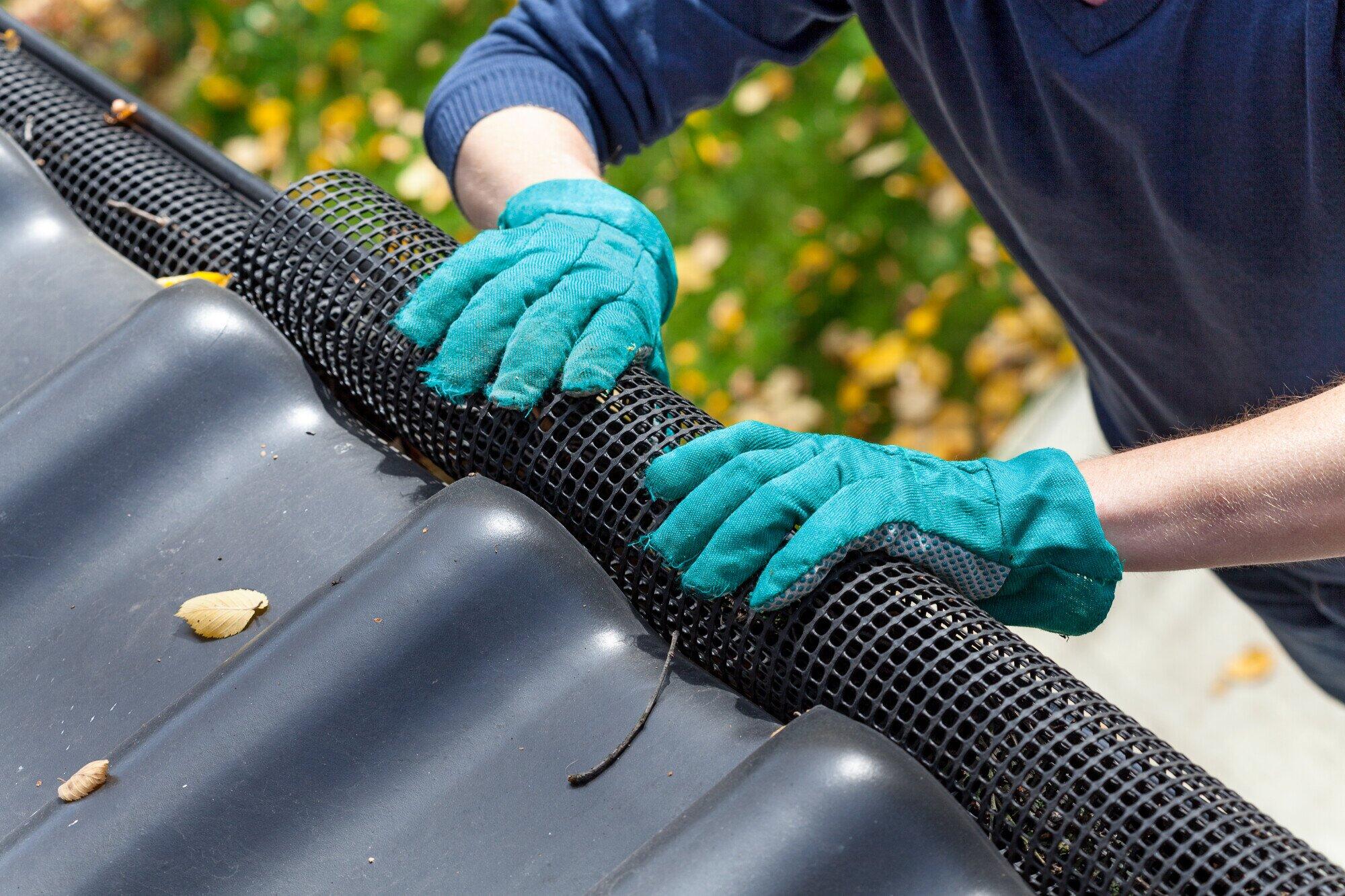
Gutter installation is a crucial home improvement project that protects your property from water damage. Properly functioning gutters channel rainwater away from your roof and foundation, preventing issues like erosion, mold, and structural damage. Whether you're building a new home or replacing old gutters, understanding the installation process can help you make informed decisions and ensure the longevity of your home. Be sure to visit this link to learn more on gutter installtions now.
The first step in gutter installation is selecting the right materials. Gutters come in various materials, including aluminum, vinyl, and copper, each offering distinct advantages. Aluminum is popular for its affordability and resistance to rust, while vinyl is lightweight and easy to install. Copper, although more expensive, adds an elegant touch and durability. Additionally, you should consider the gutter size, typically offered in 5-inch and 6-inch widths, to match the rainfall intensity in your area.
Once you've chosen the materials, it's essential to gather the right tools for the job. Basic tools include a measuring tape, ladder, saw, drill, and hangers. Accurately measuring the length of each section is critical; ensuring a slope for drainage is also vital, as gutters should slope towards the downspouts. A slope of 1/4 inch for every 10 feet is generally recommended. After measuring, cut the gutters to size and install the hangers securely, making sure they are evenly spaced to prevent sagging. More about gutter installation can be found in this link: https://gotguttersllc.com/.
The installation of downspouts is another important aspect. Position them in places where they can effectively direct water away from the foundation, avoiding any potential pooling. Be sure to attach them securely to the wall using brackets, and consider extending the downspouts further out onto the ground with splash blocks or extensions to disperse water evenly. Finally, after everything is in place, perform a water test by running water through the system to check for leaks and ensure proper drainage.
In conclusion, while gutter installation can be a DIY project for the handy homeowner, it’s essential to do it correctly to ensure that your property is protected from potential water damage. By choosing the right materials, using the proper tools, and paying attention to details like slope and downspout placement, you can successfully install gutters that enhance your home’s health and longevity. If the project feels overwhelming or if you’re unsure about any step, consulting a professional can provide peace of mind and ensure the job gets done right.
Check out this post for more details related to this article: https://en.wikipedia.org/wiki/Rain_gutter.


